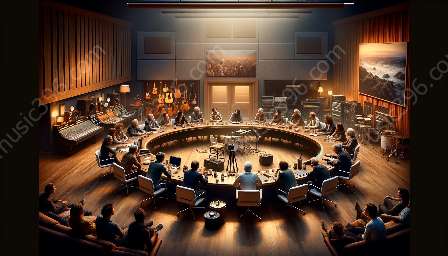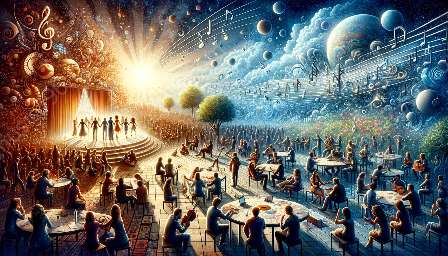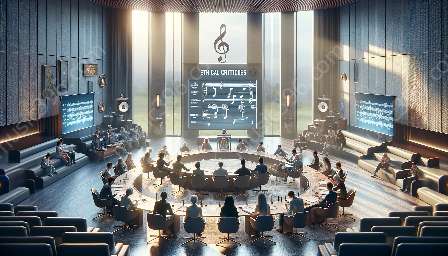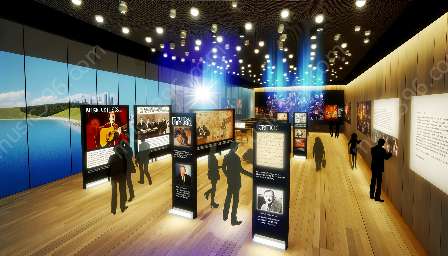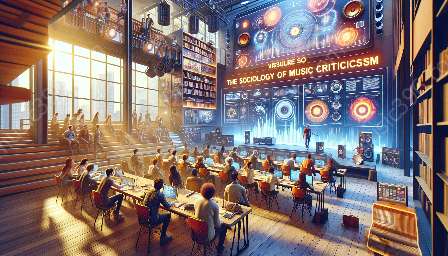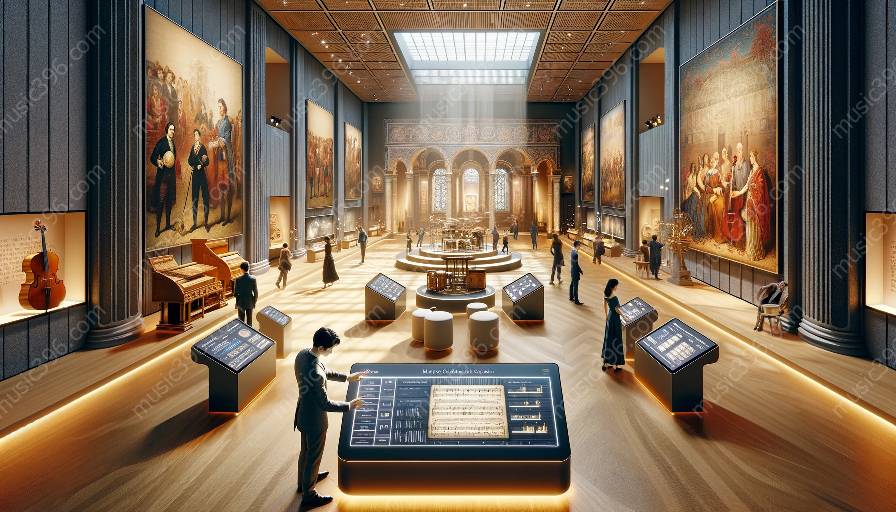Music criticism is a multi-faceted discipline that is influenced by a variety of factors, one of the most significant being cultural heritage. Cultural heritage encompasses the ways in which traditions, values, and historical influences impact a particular community or society. In the context of music criticism, cultural heritage plays a crucial role in shaping the way music is evaluated, interpreted, and appreciated.
The Influence of Tradition and History
Cultural heritage is deeply rooted in the traditions and history of a community, and this has a direct impact on music criticism. Traditions and historical influences shape the musical preferences, expectations, and values of a society. For example, in cultures where classical music has a rich heritage, music critics may hold classical compositions to a higher standard, expecting a level of technical proficiency and adherence to traditional structures. On the other hand, in societies with strong folk music traditions, critics may prioritize authenticity, storytelling, and emotional resonance over technical perfection.
Regional Perspectives
Another way in which cultural heritage shapes music criticism is through regional perspectives. Different regions around the world have unique musical traditions and cultural values that influence how music is evaluated. For instance, the rhythmic complexities and improvisational nature of jazz music have been profoundly shaped by the cultural heritage of African American communities. Jazz critics may draw on this heritage to assess the innovation, creativity, and social significance of the music. Similarly, the influence of regional traditions can be seen in the way critics evaluate popular music genres such as reggae, flamenco, or traditional indigenous music.
Interpretation and Appreciation
Cultural heritage also plays a fundamental role in the interpretation and appreciation of music. Critics often draw on their own cultural background and experiences to assess the meaning and significance of a musical work. This can lead to diverse and sometimes conflicting interpretations based on different cultural perspectives. Moreover, cultural heritage influences the criteria used for evaluating music. For example, critics from cultures with a strong emphasis on virtuosity may prioritize technical prowess, while critics from cultures with an emphasis on communal storytelling may prioritize emotional impact and narrative validity.
Preserving and Respecting Cultural Heritage
In the context of music criticism, it is essential to recognize and respect the cultural heritage that shapes musical traditions. Critics have a responsibility to preserve and promote diverse musical expressions, respecting the authenticity and significance of each tradition. By acknowledging the influence of cultural heritage, music criticism can serve as a platform for celebrating the richness and diversity of musical traditions around the world.
Cultural Heritage and Evolution of Musical Criticism
As music criticism continues to evolve, it is crucial to consider the impact of cultural heritage on shaping critical perspectives. By recognizing the influence of cultural heritage, critics can develop a deeper understanding of the historical, social, and artistic dimensions of musical works. Furthermore, acknowledging cultural heritage in music criticism can serve as a catalyst for promoting inclusivity, understanding, and appreciation of diverse musical traditions.
Conclusion
In conclusion, cultural heritage plays a significant role in shaping music criticism. From influencing traditions and historical perspectives to shaping regional evaluations and interpretations, cultural heritage has a profound impact on the way music is critiqued. By acknowledging and respecting the influence of cultural heritage, music criticism can serve as a bridge between diverse musical traditions and promote a more inclusive and comprehensive understanding of the art form.







